A compound bow brings many advantages and it’s often a weapon of choice for many hunters. And if you’re reading this post – there is a chance that you’re interested in leaking the parts of a compound bow.
Why would someone need to know all parts of a compound bow and is there a benefit to this?
There sure is. You won’t only be able to maintain your own compound bow properly and save yourself the money, but you’ll also be able to fix up your compound bow if anything happens – but even upgrade it with newer equipment.
And if that’s exactly what you think would benefit you as a hunter – keep on reading as this article is for you!
What is a Compound Bow?

If you have asked a couple of people or hunters what a compound bow is – everyone would describe it differently, or wouldn’t know how to actually describe it.
However, the simplest way to understand what a compound bow is, is to understand that a compound bow uses a levering system (cables and pulleys) which help bend the limbs.
They’re very often used for target practice but they’re increasing in its use for hunting. The biggest benefit of compound bows is that they don’t rely on the physical power so they allow for more precision and better accuracy.
What are the Parts of a Compound Bow?

There are probably way to many parts that make a compound bow than anyone would like to know about – but even if you don’t know all of them, it’s good to know at least a couple of the most important parts.
Why?
As I’vem entioned earlier, it’s a lot easier to fix or even upgrade your compound bow if you know exactly what you’re looking at. Also, regular maintenance won’t be a problem at all – and as we all know, maintained bow can last longer than an unmaintained bow.
So what are the parts of a compound bow? Prepare yourself as here they come:
- Bow mounted quiever
- Upper & lower limb
- Limb bolts
- Bow sight
- Arrow rest
- Grip
- Stabilizer
- Arrows in quiever
- Cams
- Peep sight
- Cable guard
- Nocking loop
- Bow string
- Cables
This is almost everything there is to a compound bow and even though you might the purpose of some parts, there’s still a chance that you don’t know all of the parts, and that’s okay.
What are the Four Parts of an Arrow Used for a Compound Bow?
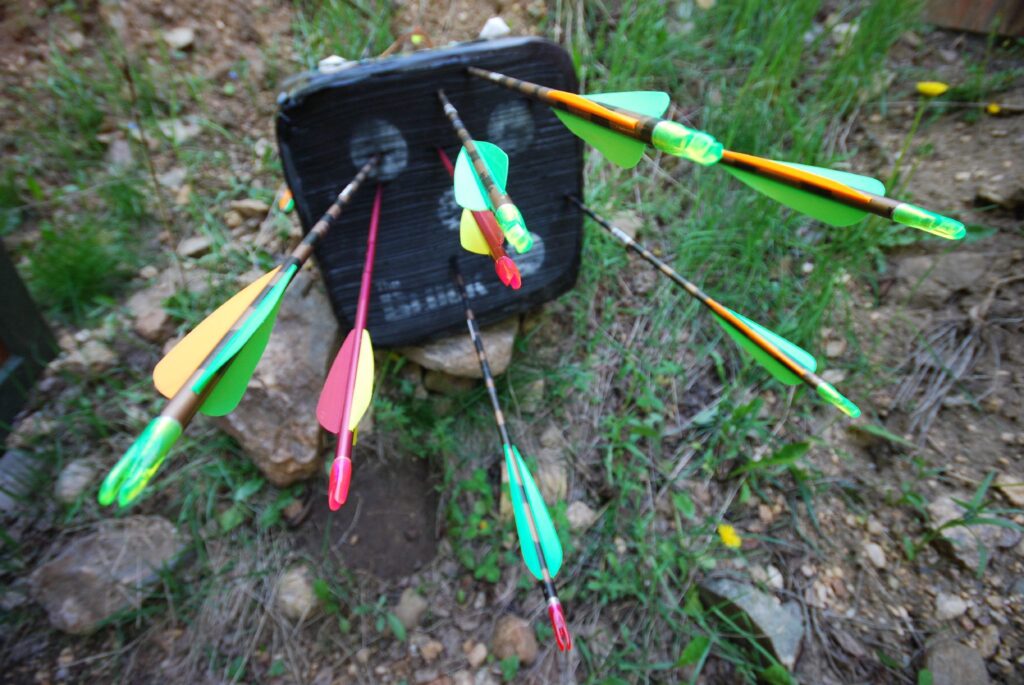
Most hunters and people who use a compound bow for target practice are mostly interested in learning all the parts of an arrow that are used with the compound bow.
Why?
This is probably the most important part of the bow you should know about and know how to operate so you can gain all the benefits of a compound bow.
So what are the main 4 parts of an arrow used for a compound bow? Here’ they are:
- Shaft
- Fletching
- Arrowhead
- Nock
The long spine of the arrow is called the shaft and it’s most often made of wood, fiberglass, carbon, or even aluminum.
When we say fletching, we actually think of the feathers (or plastic vanes) that can be found on an arrow.
Arrowhead is probably the simplest term to understand as it’s the point of the arrow.
But what is a nock? It is a tip that’s located on the rear of the arrow and it’s the part that you snap onto the string. The main purpose of a nock is to hold the arrow in place.
Do You Need an Arrow Rest on a Compound Bow?
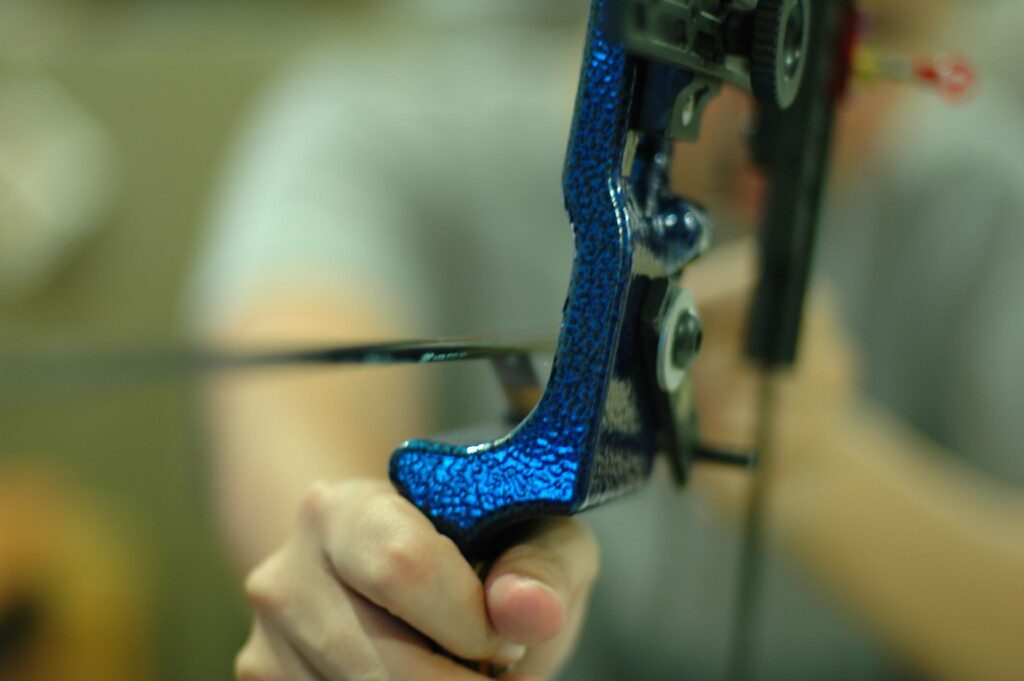
Most hunters believe that you don’t need an arrow rest on a compound bow since there is no men force used and the precision is guaranteed.
However, that’s not true. Arrow rest plays an important role of holding the arrow and guiding it in a straight path every time you shoot.
Therefore, having an arrow rest that will make sure that your arrows shoot straight – the next part is all on you.
This mean sthat arrow rest won’t make you very accurate, but it will definitely help you have a stable practice and have a better chance at being accurate.
Still, it’s recommended that you have a sight to aim your bow as it’s the best way to improve your accuracy and ensure that you never miss an important shot in the future.
Can You Practice Compound Bow Shooting in Your Backyard?
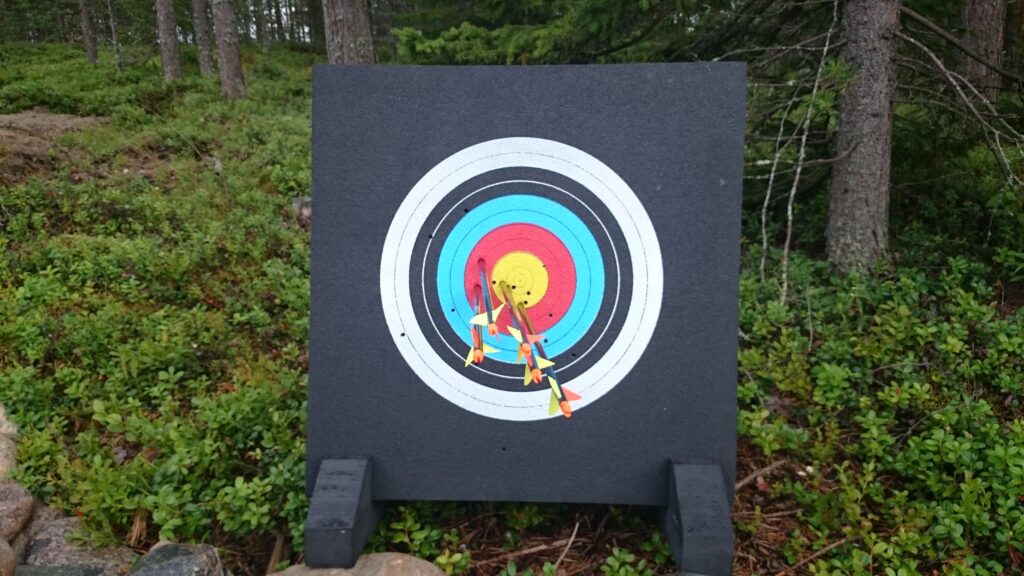
The most commonly asked questions is whether you can practice compound bow shooting in your backyard.
Once you have a right bow for you and you’re familiar with most important parts (if not all parts), you’ll want to do your best to practice shooting your compound bow.
When you find yourself in an important situation that you can’t let go and the only thing between you and shooting the game you’re after is the compound bow – you know that you can’t miss.
Visiting the range to practice shooting might not be an option for everyone and yet if you have a big enough yard – you must have come to an idea. Why not practice compound bow shooting in your back yard, right?
All you need is some space, targets, and safety features and you’re good to go, right? But is that even legal?
There is no one right answer. However, it depends on the state you live in. In some states, it’s completely legal to practice archery in your backyard, yet in other states, it’s required to have your backyard setup and inspected by an ordinance officer before practicing.
This way, you will still be able to practice archery in your back yard, yet you will just need to get a permit first.
Conclusion
Parts of a compound bow can definitely confuse some people and make them even change their hunting weapon of choice.
However, almost all parts serve a certain purpose so once you understand the logic behind the each part that makes a compound bow.
So do you need to know all the parts? You don’t need to know all of them, but knowing the most important ones or some of them will be a lot more helpful in the near future than knowing nothing about your weapon of choice.
How come you started using a compound bow for hunting? What do you think is the biggest benefit of a compound bow?



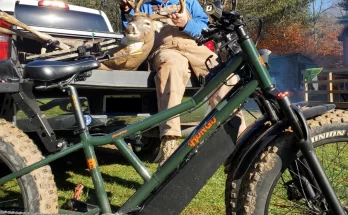
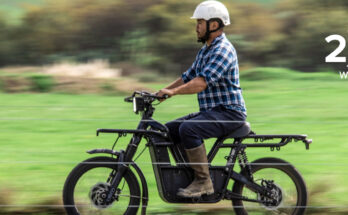
2 Comments on “Parts of a Compound Bow”
Comments are closed.